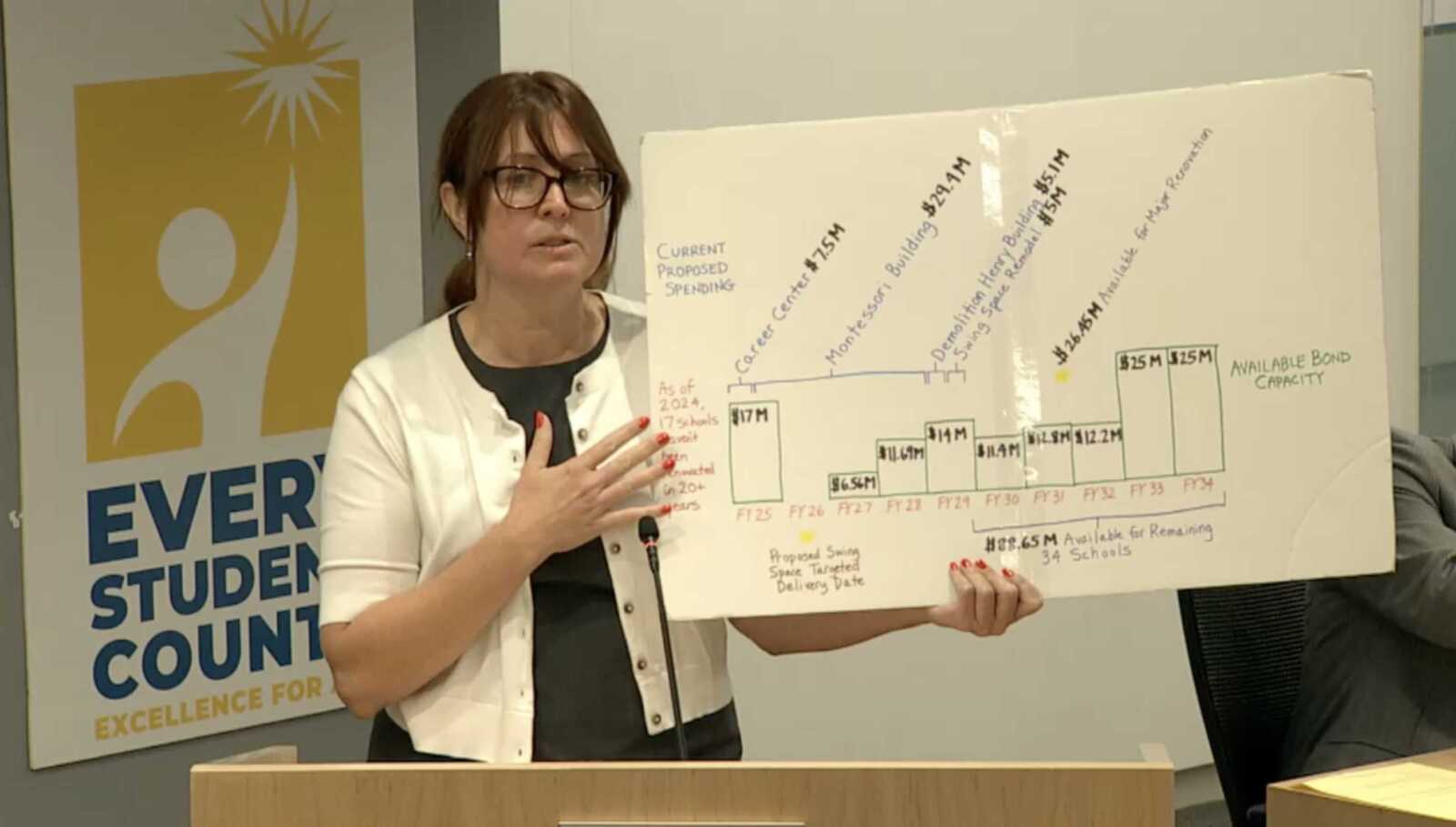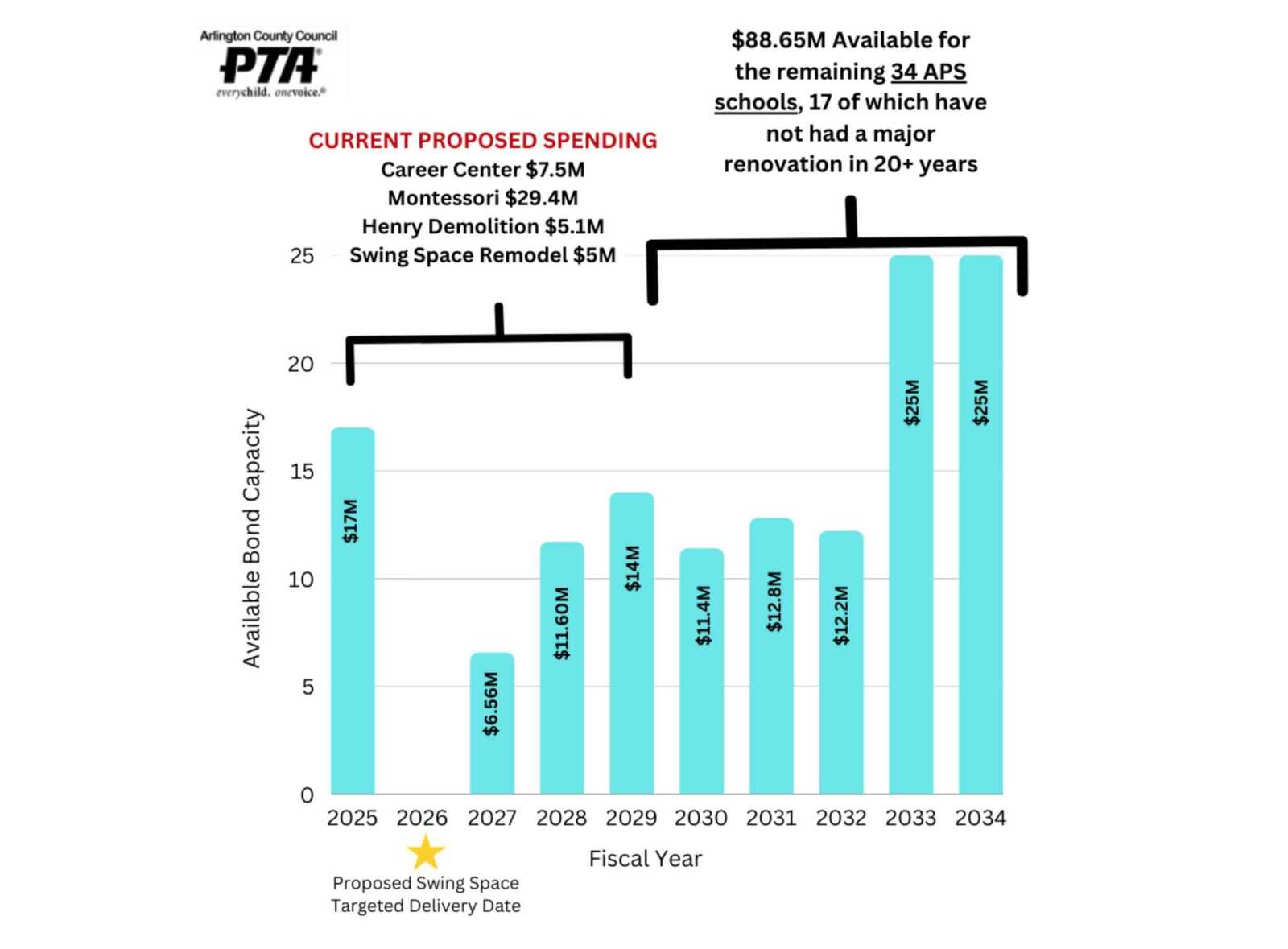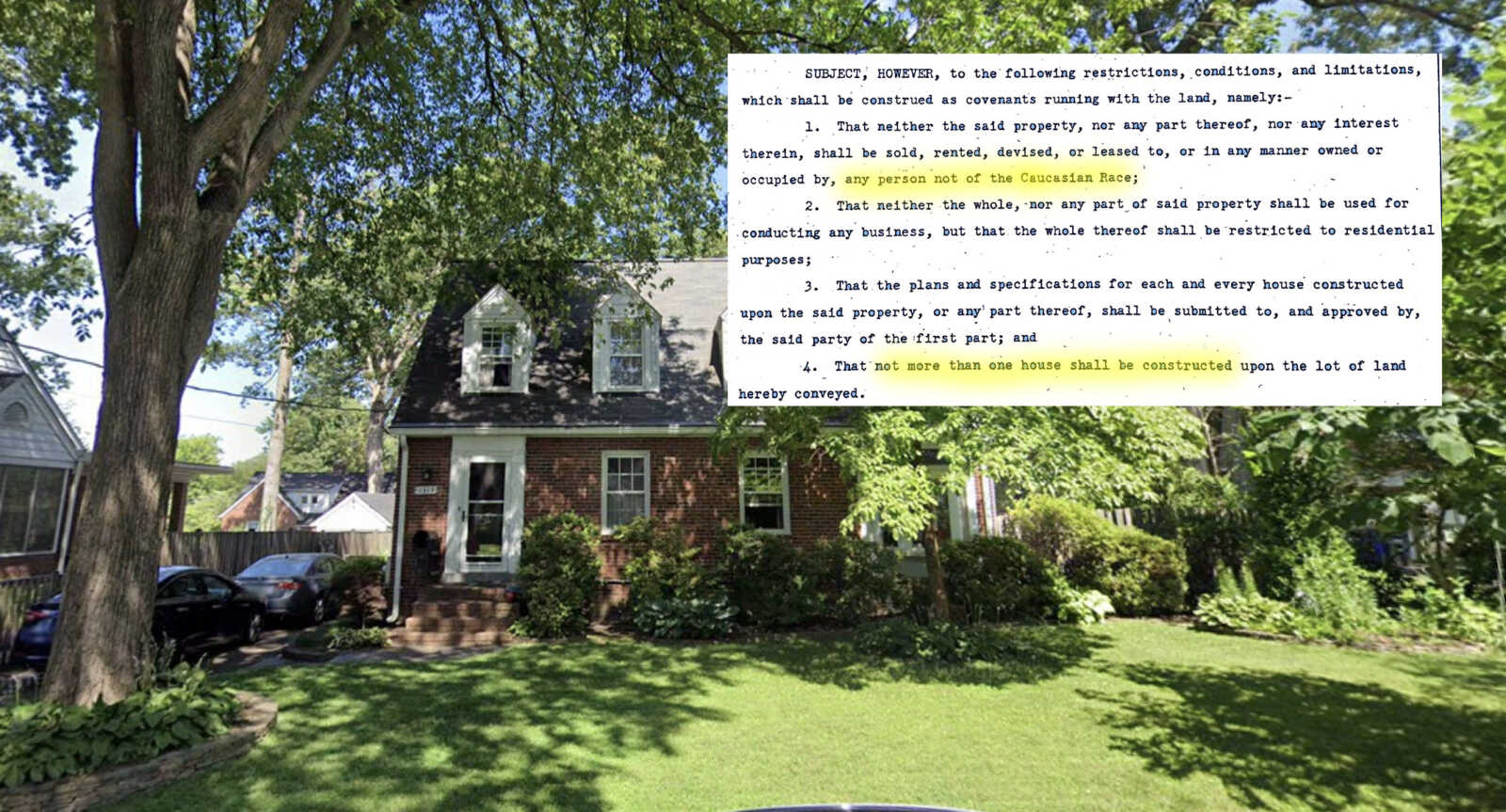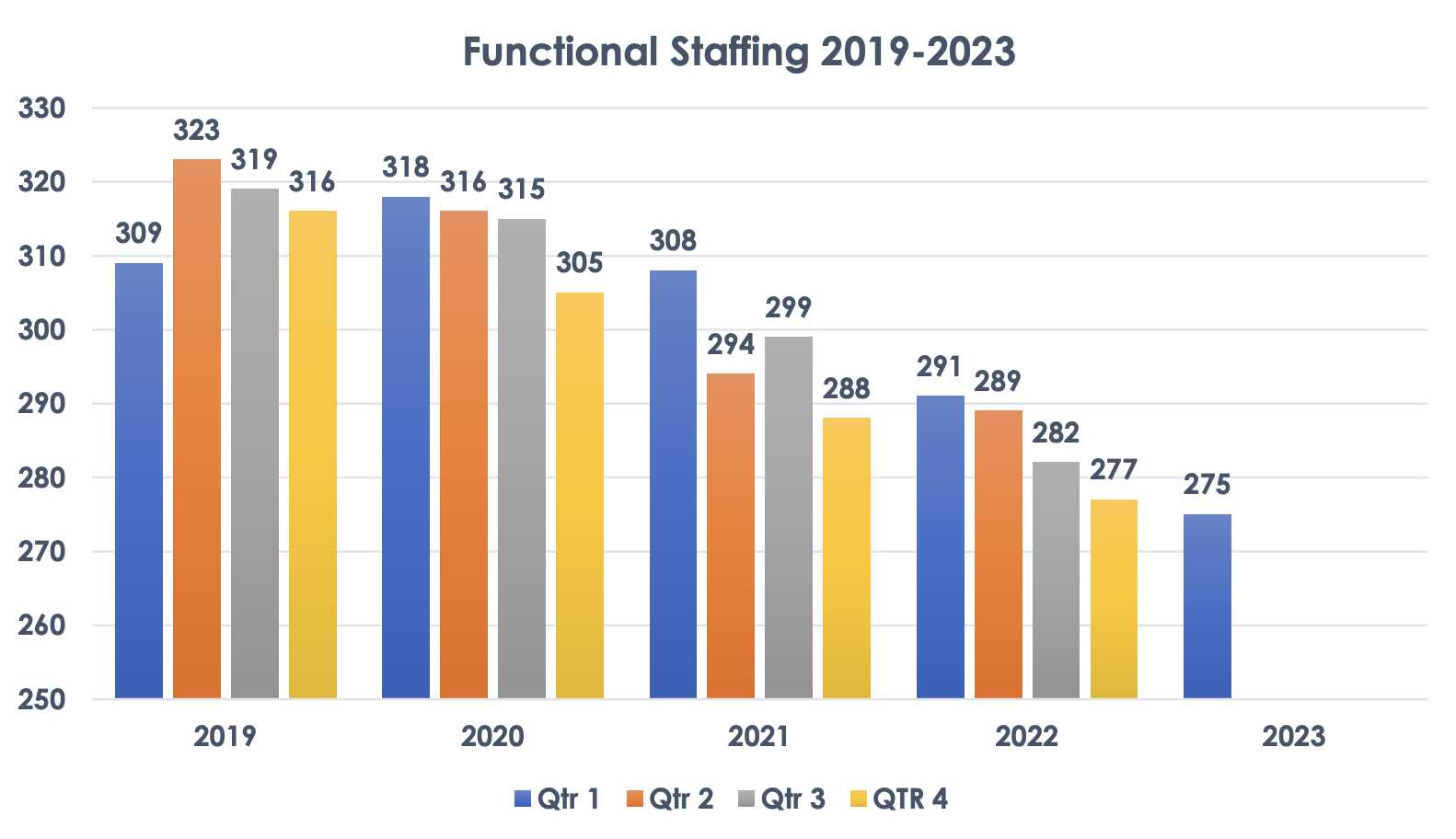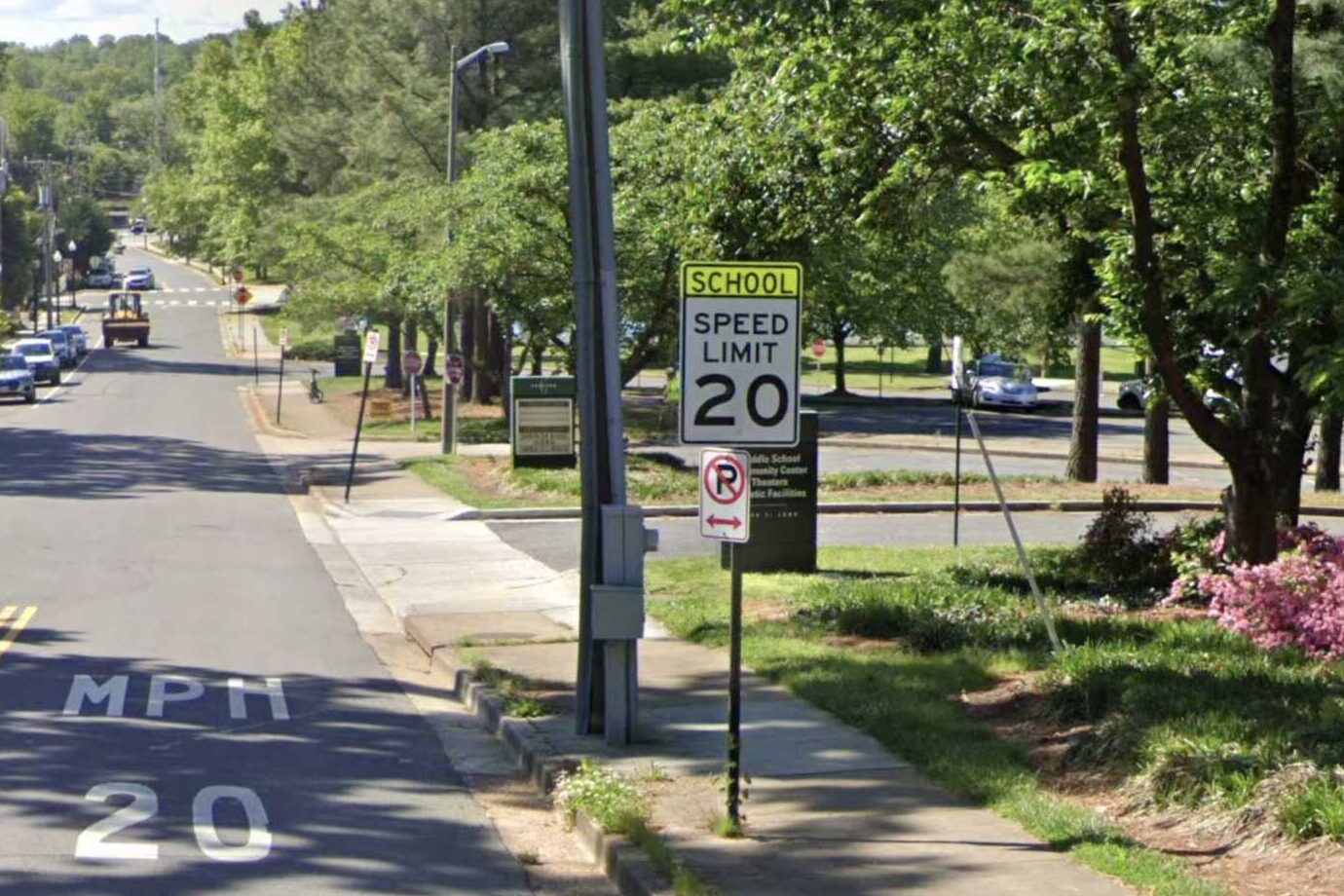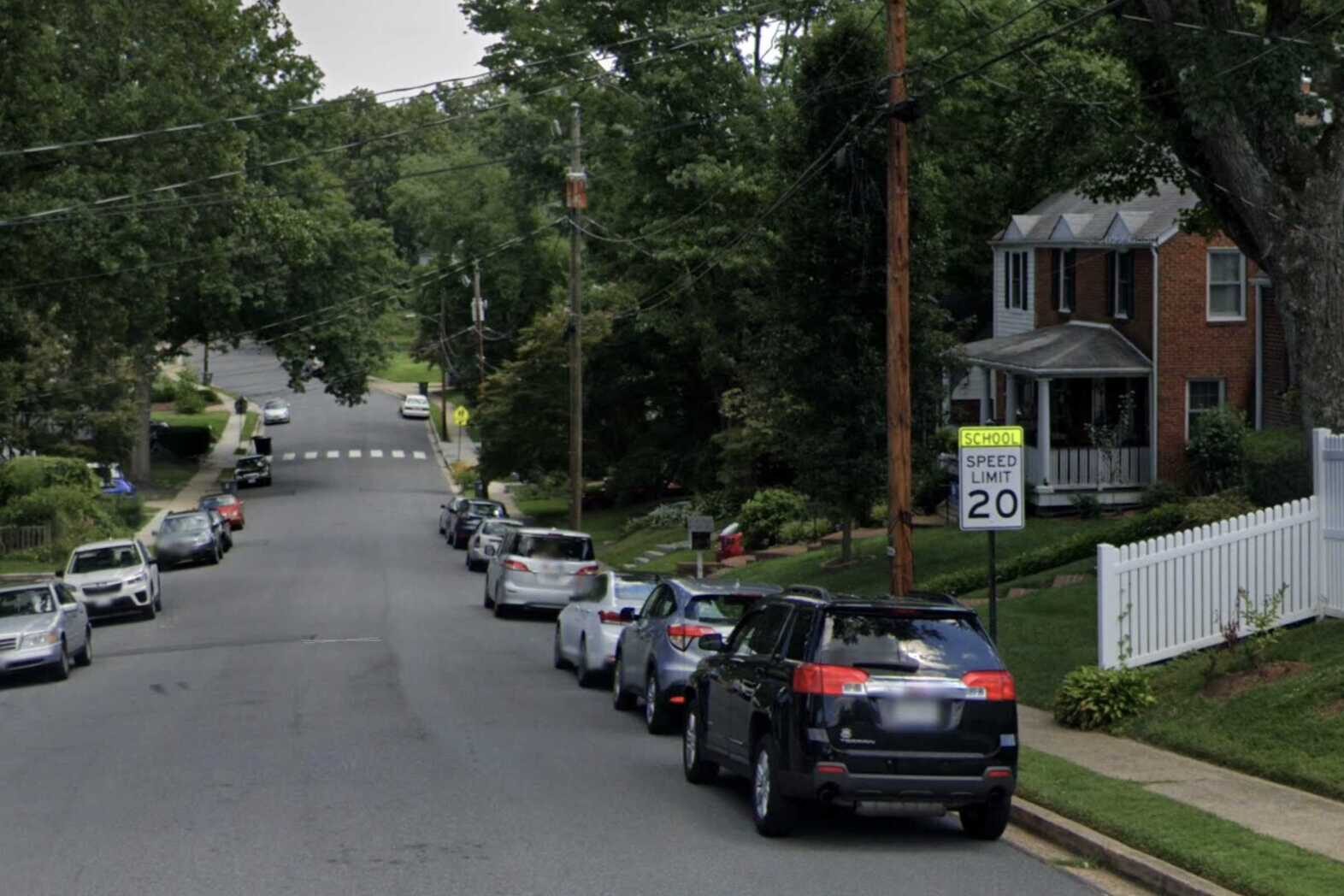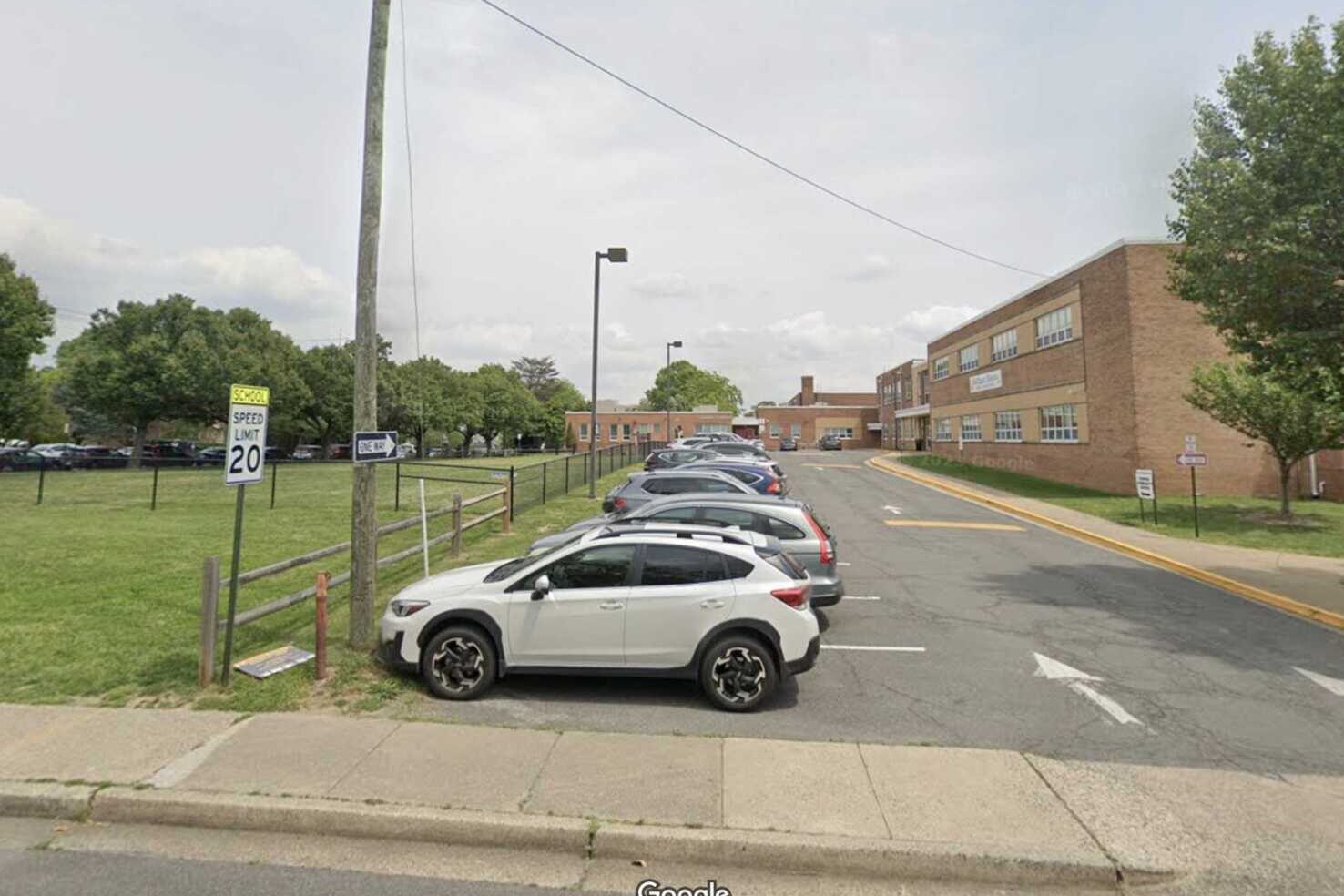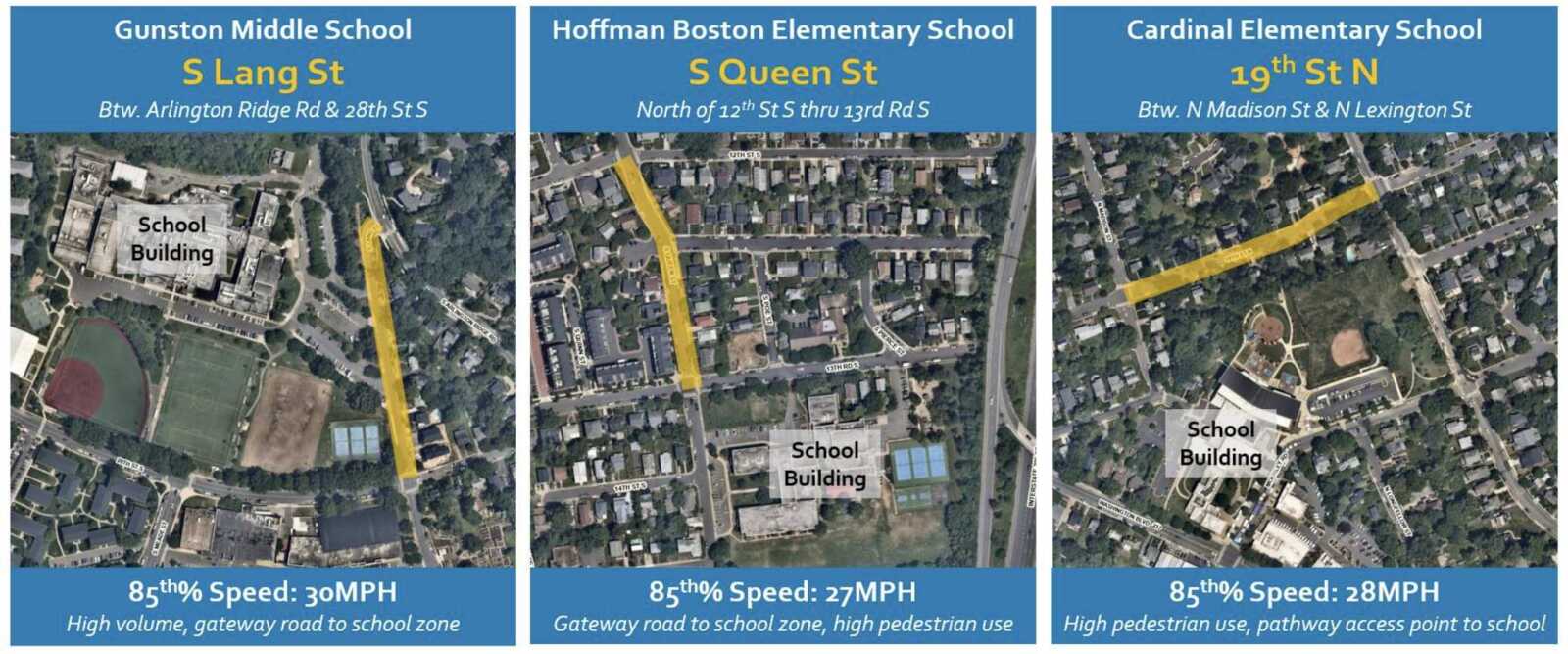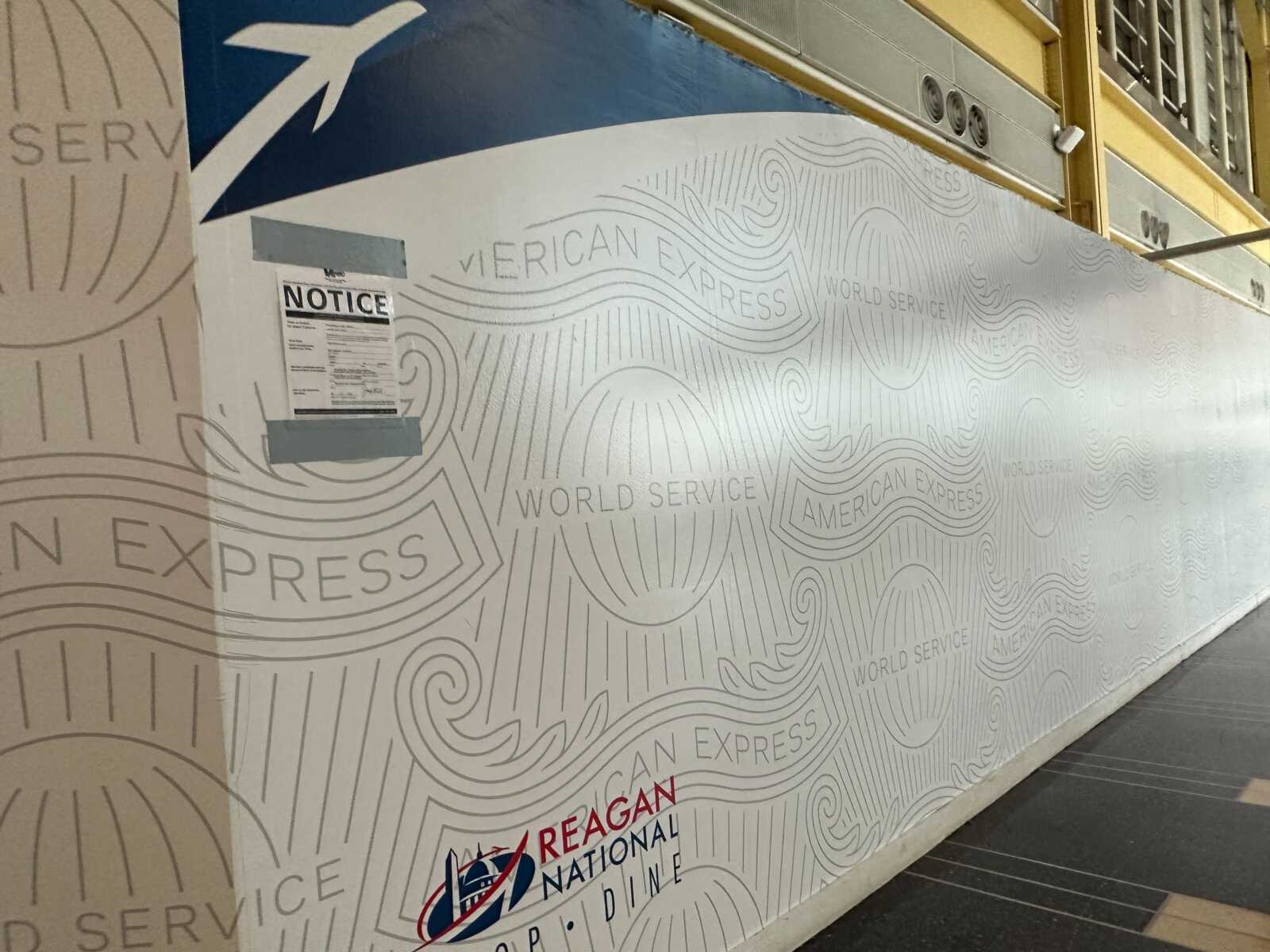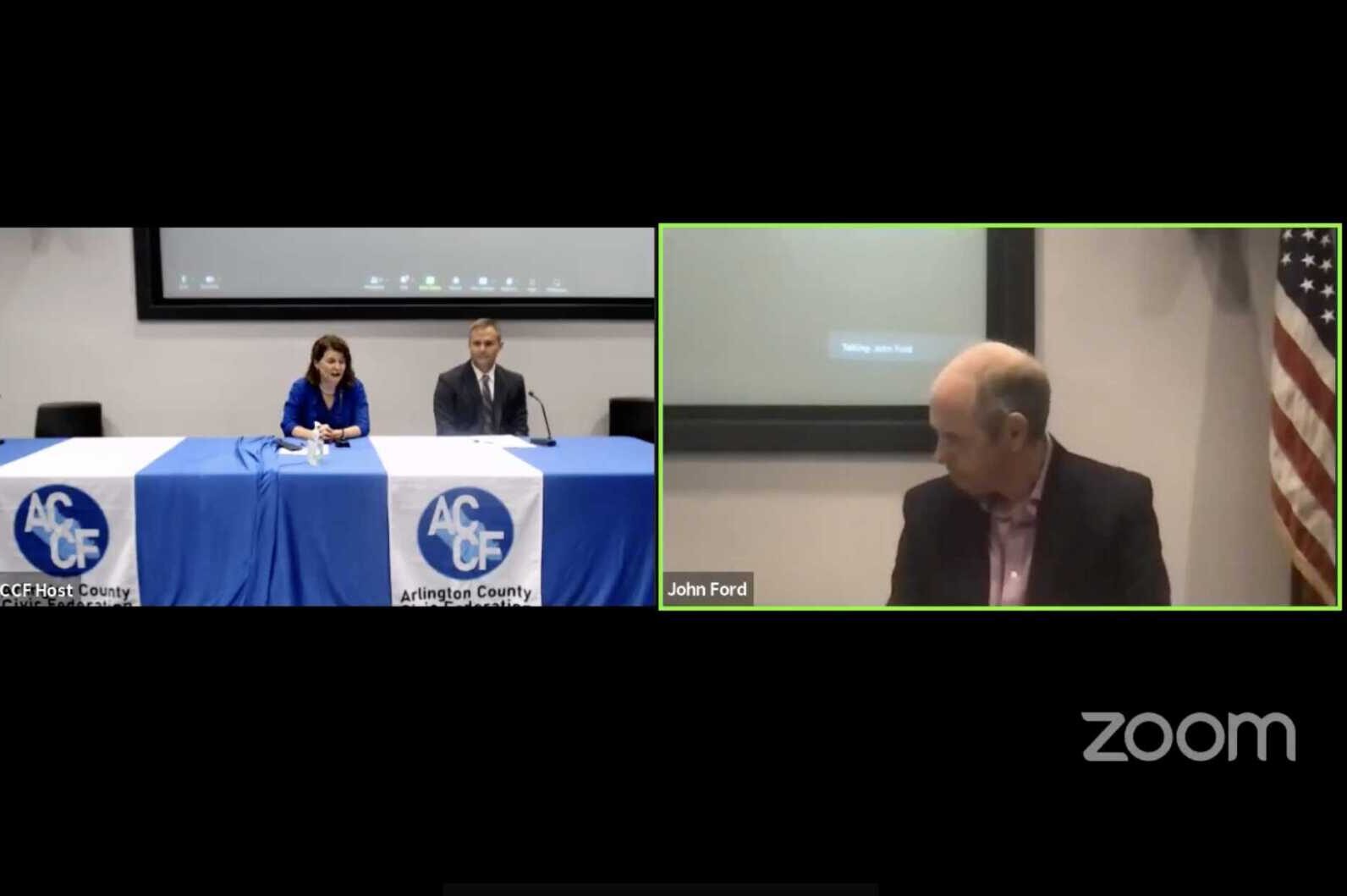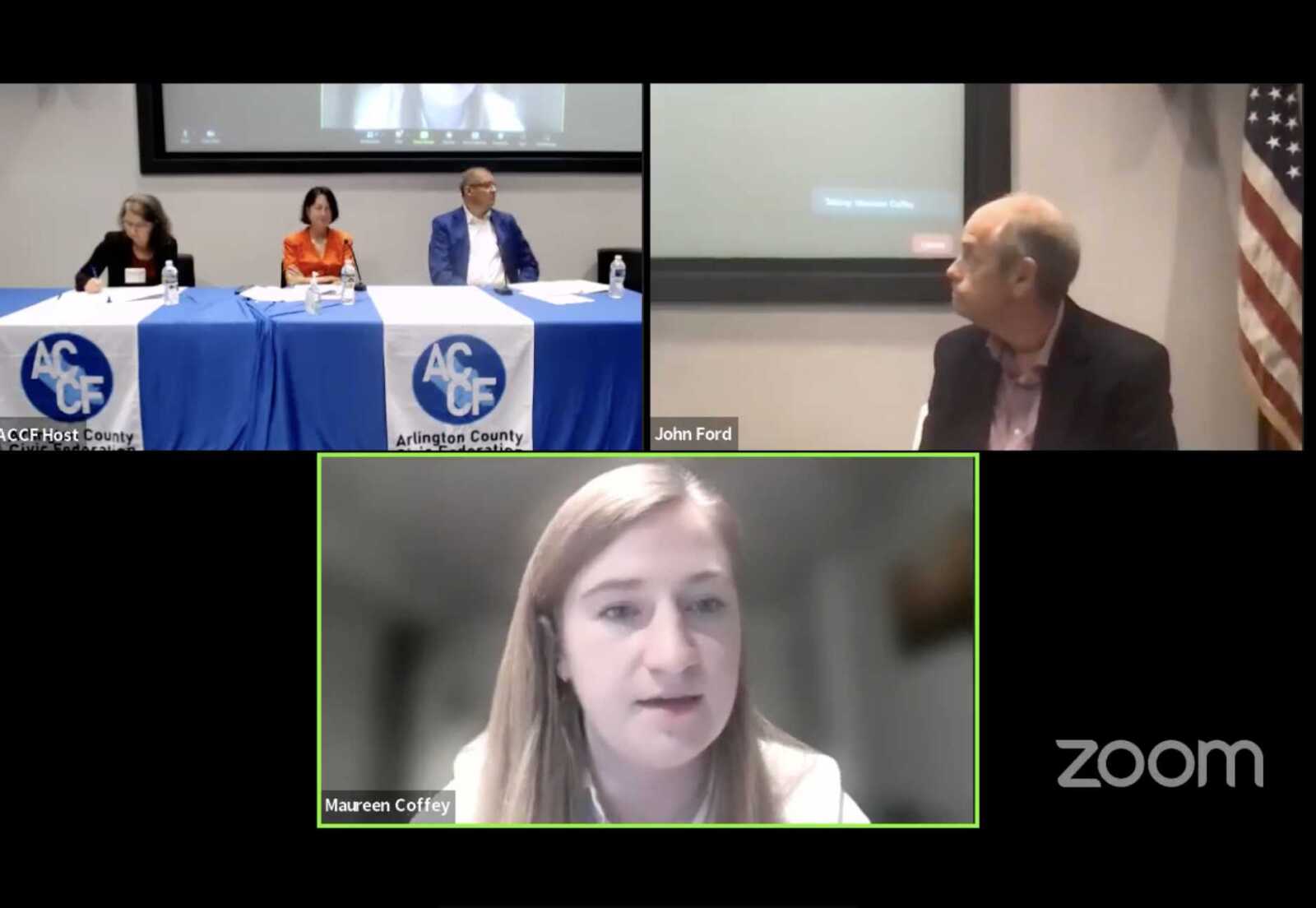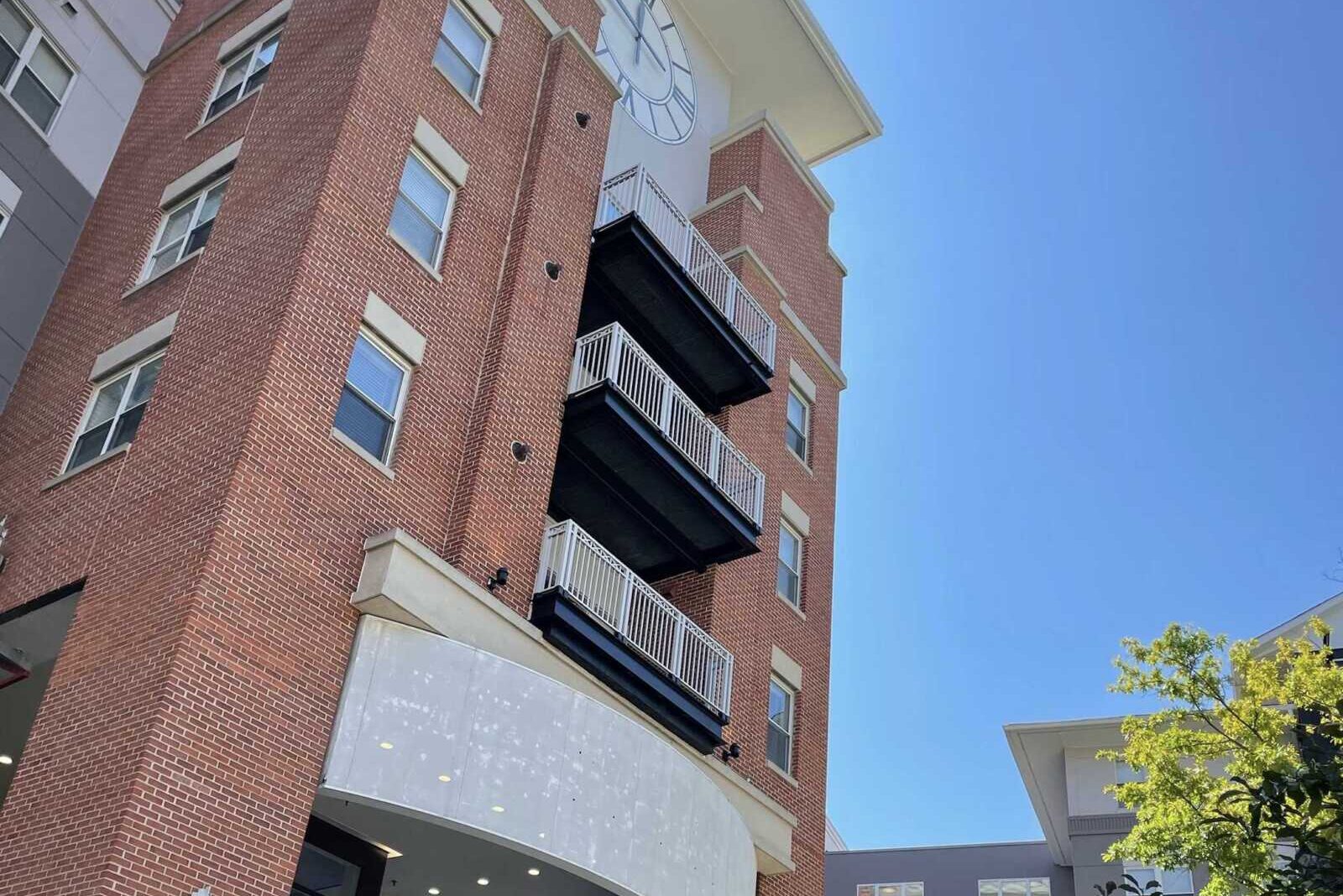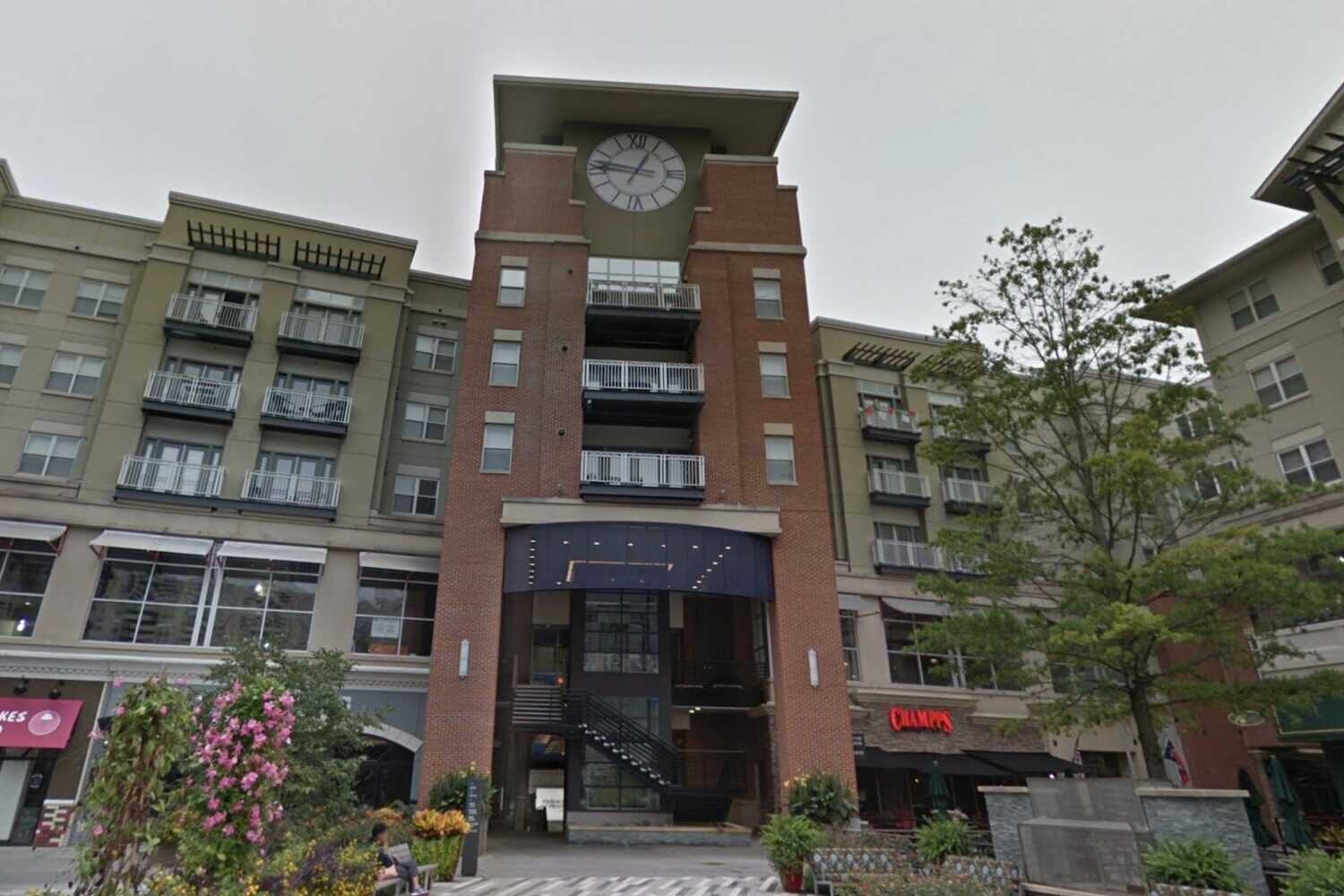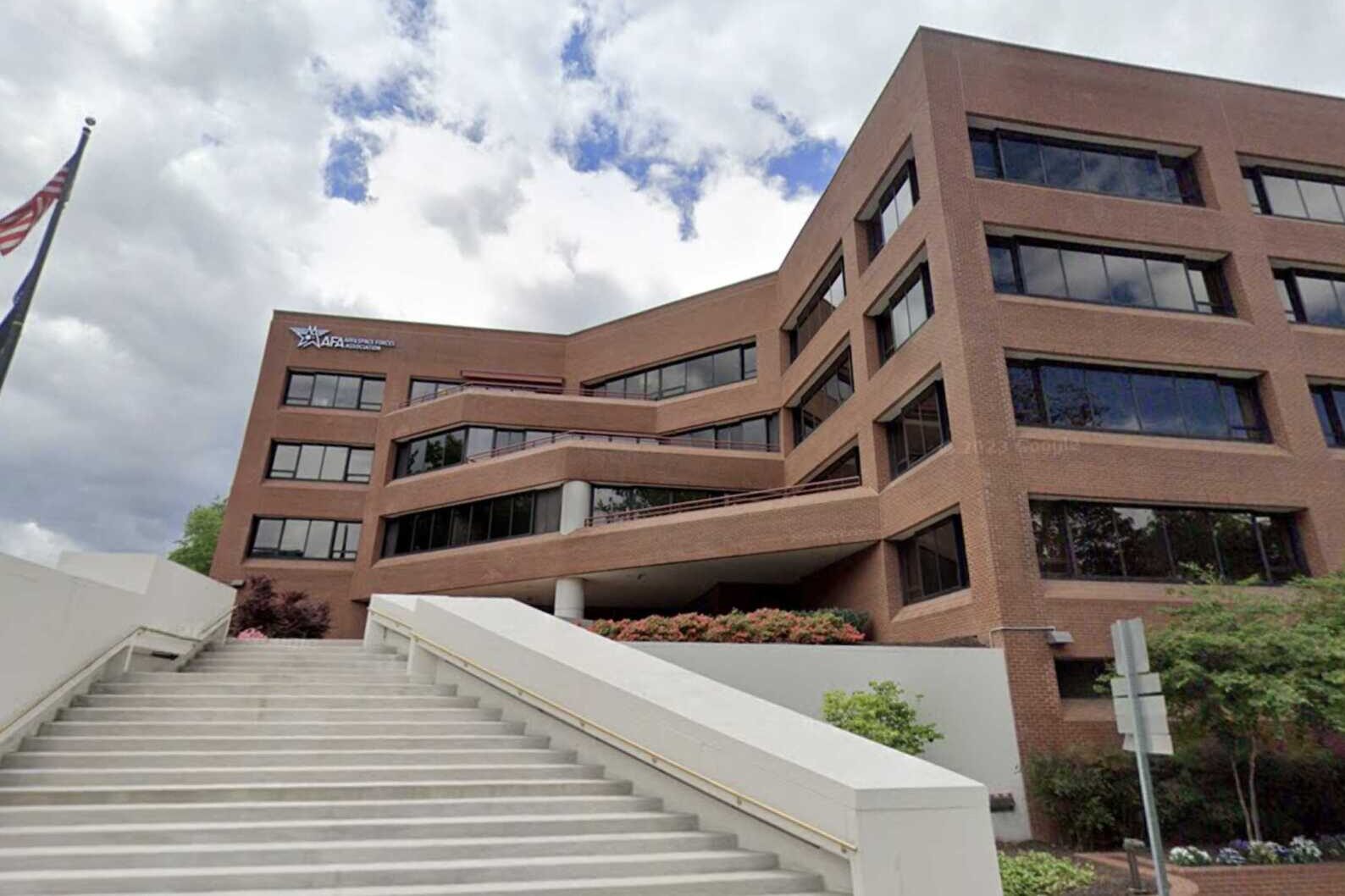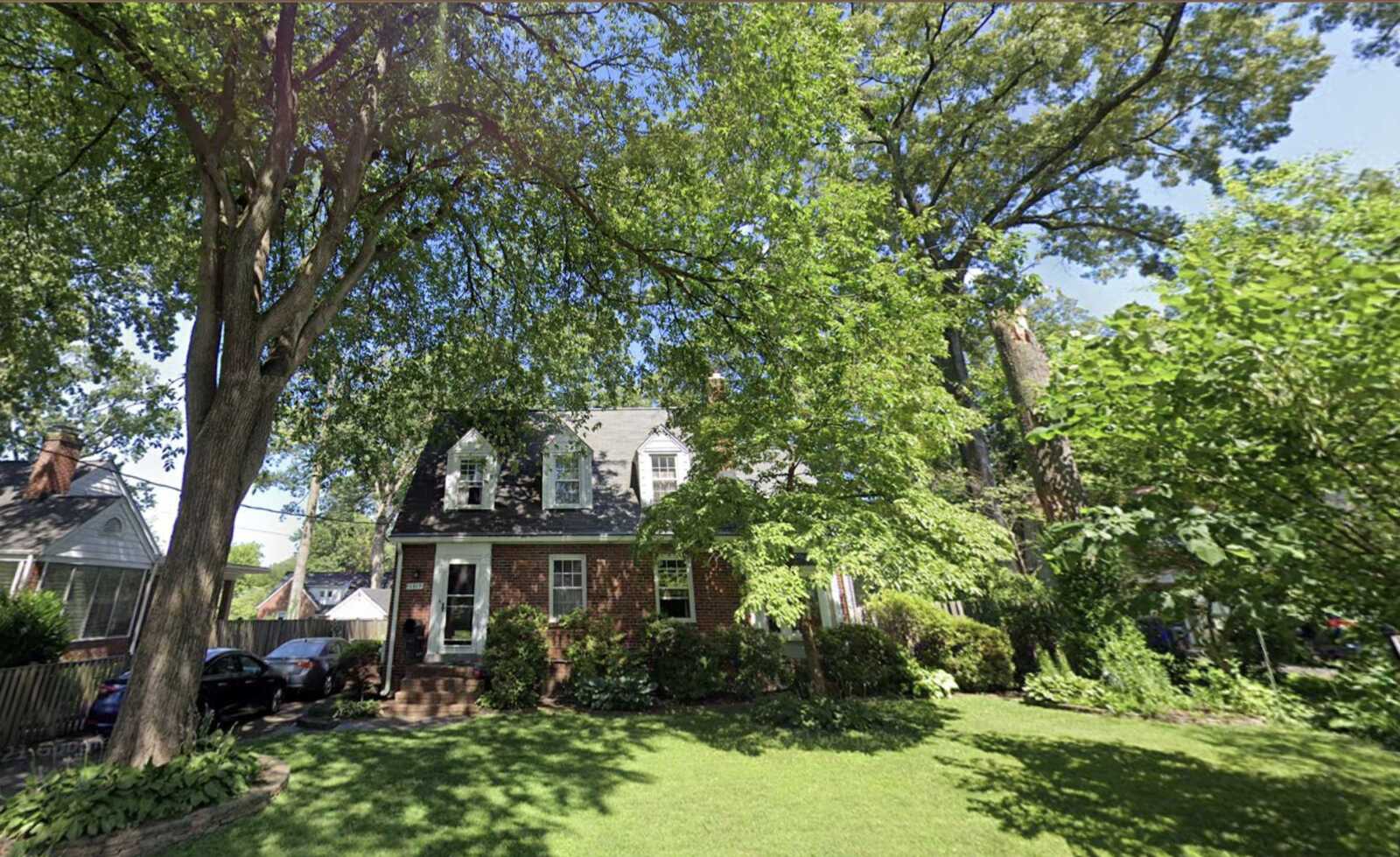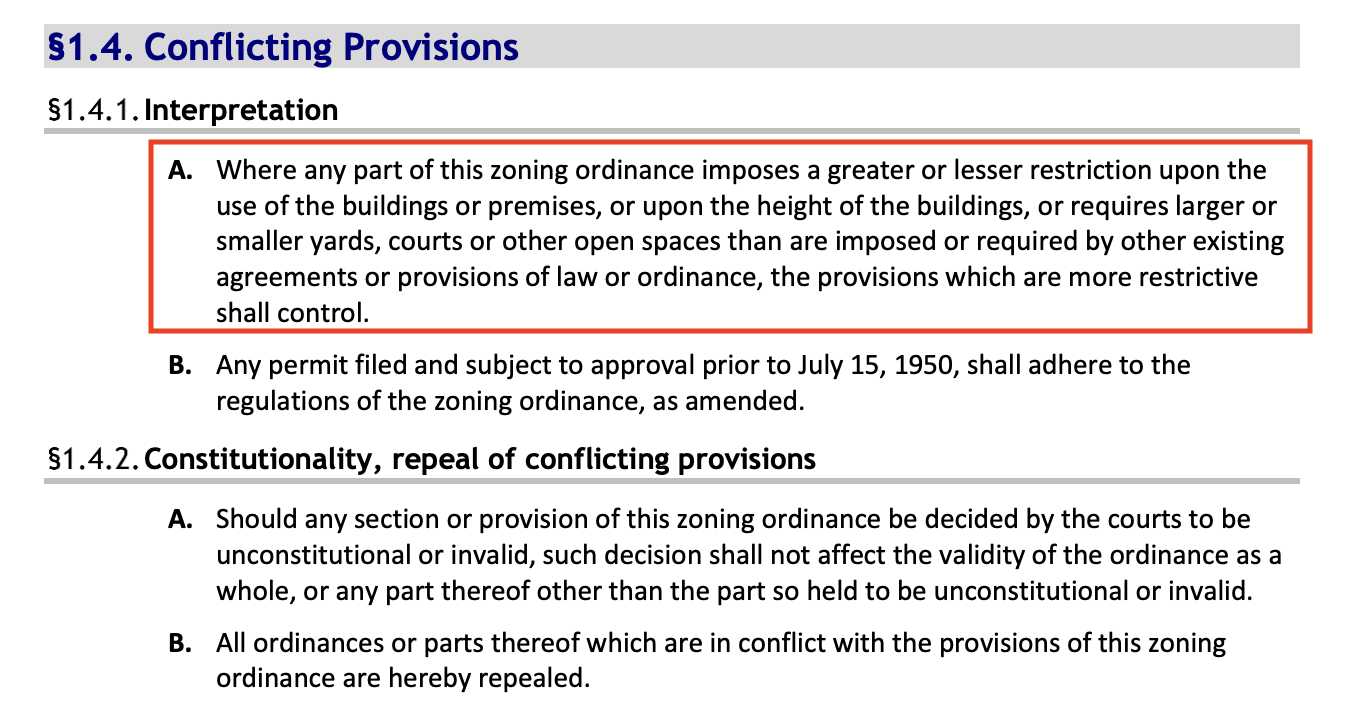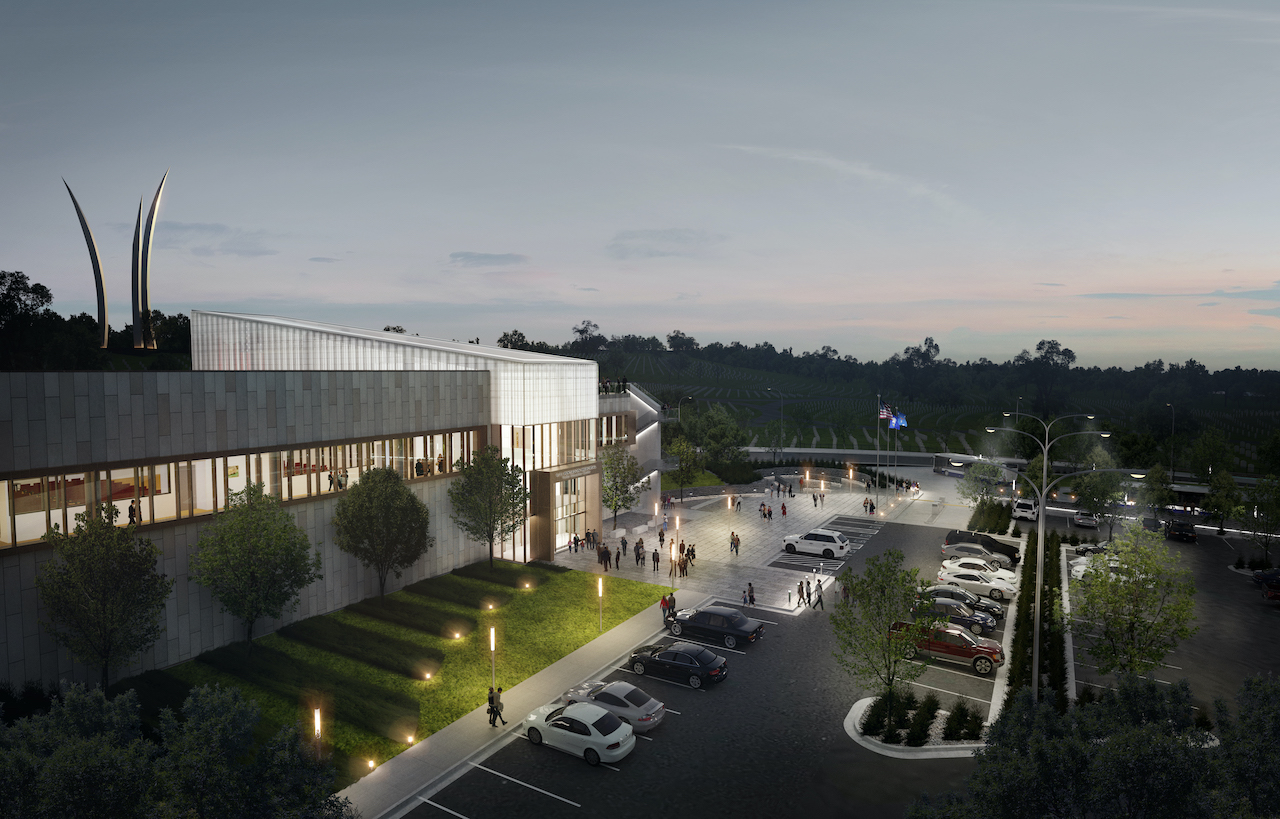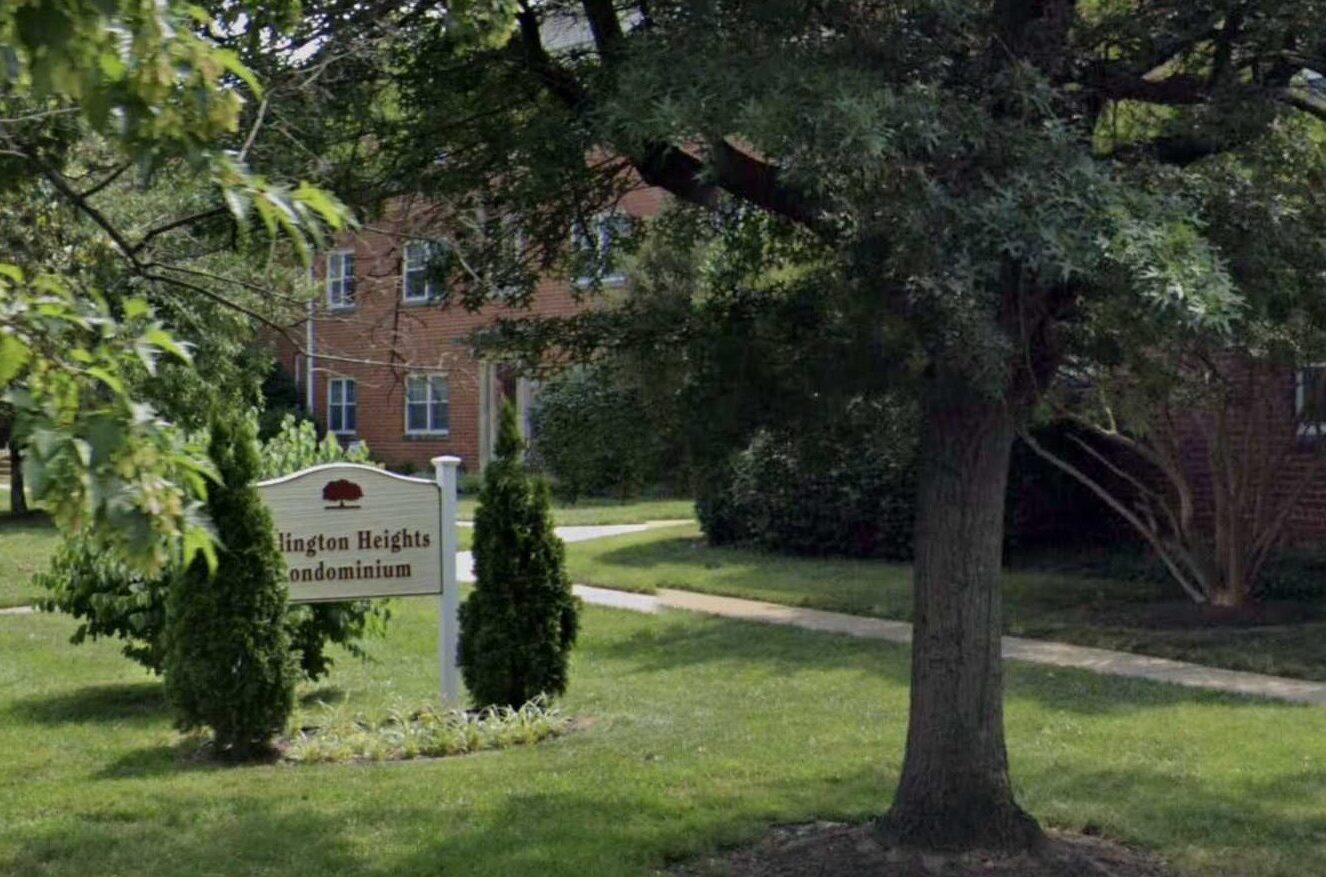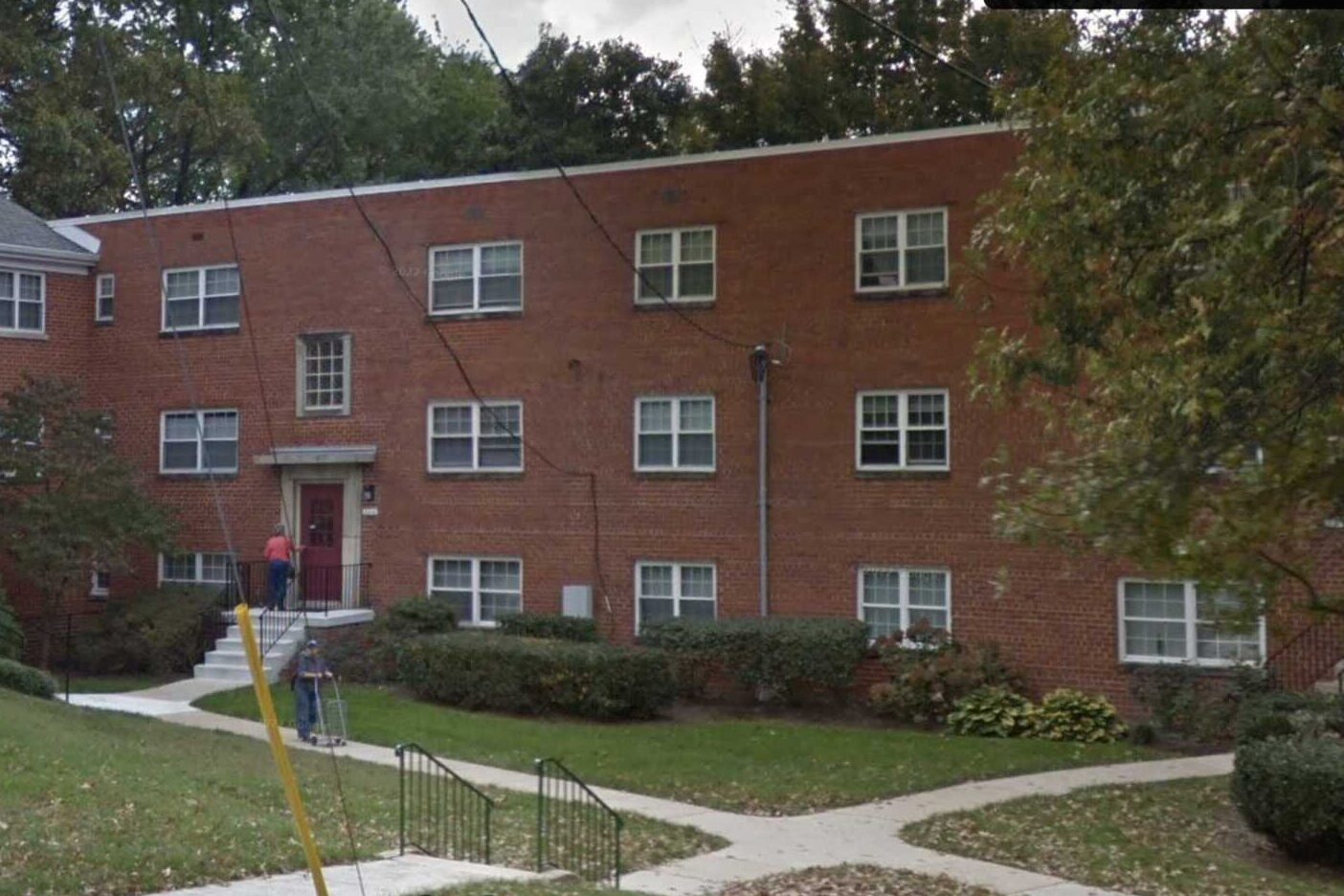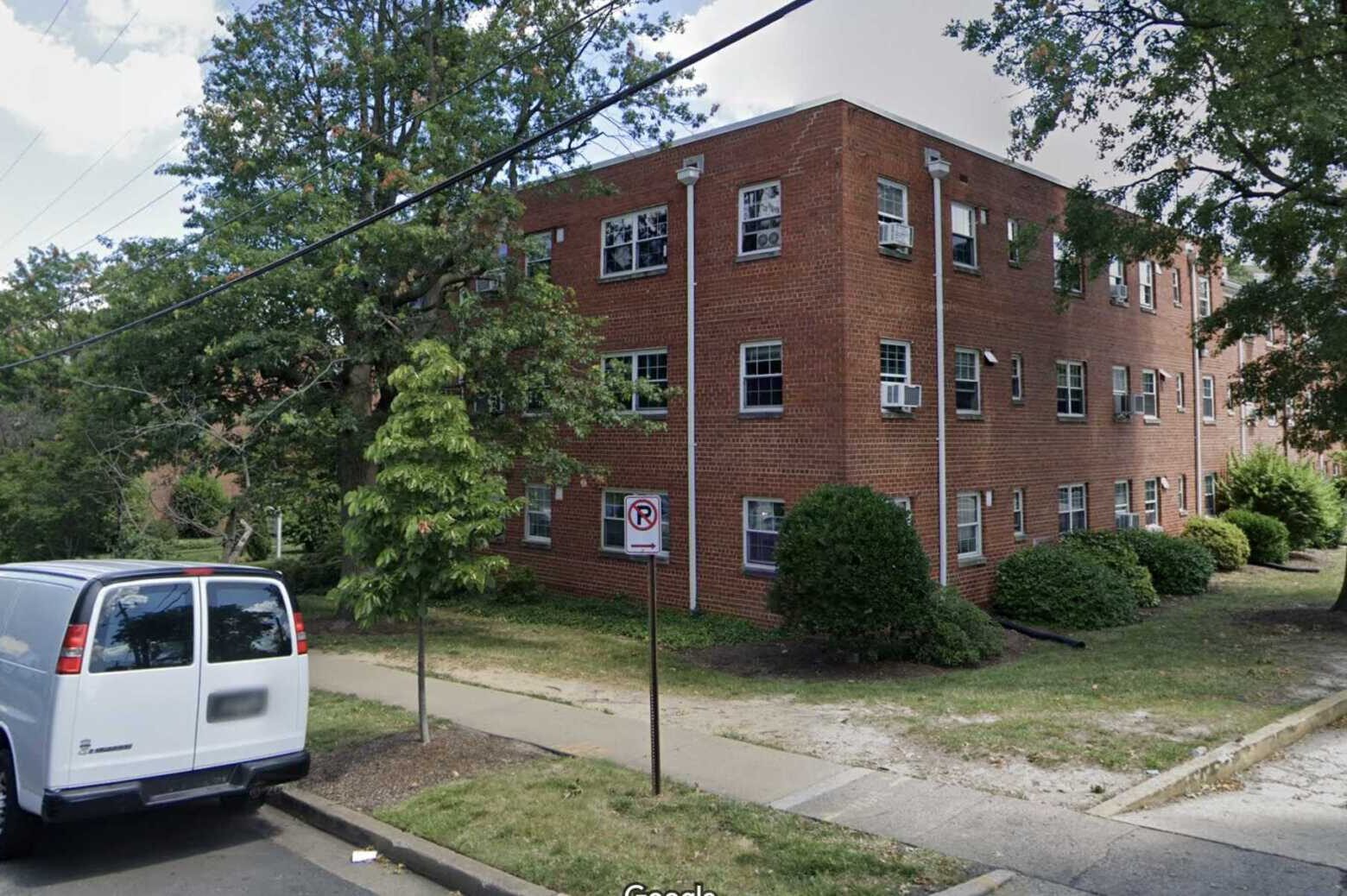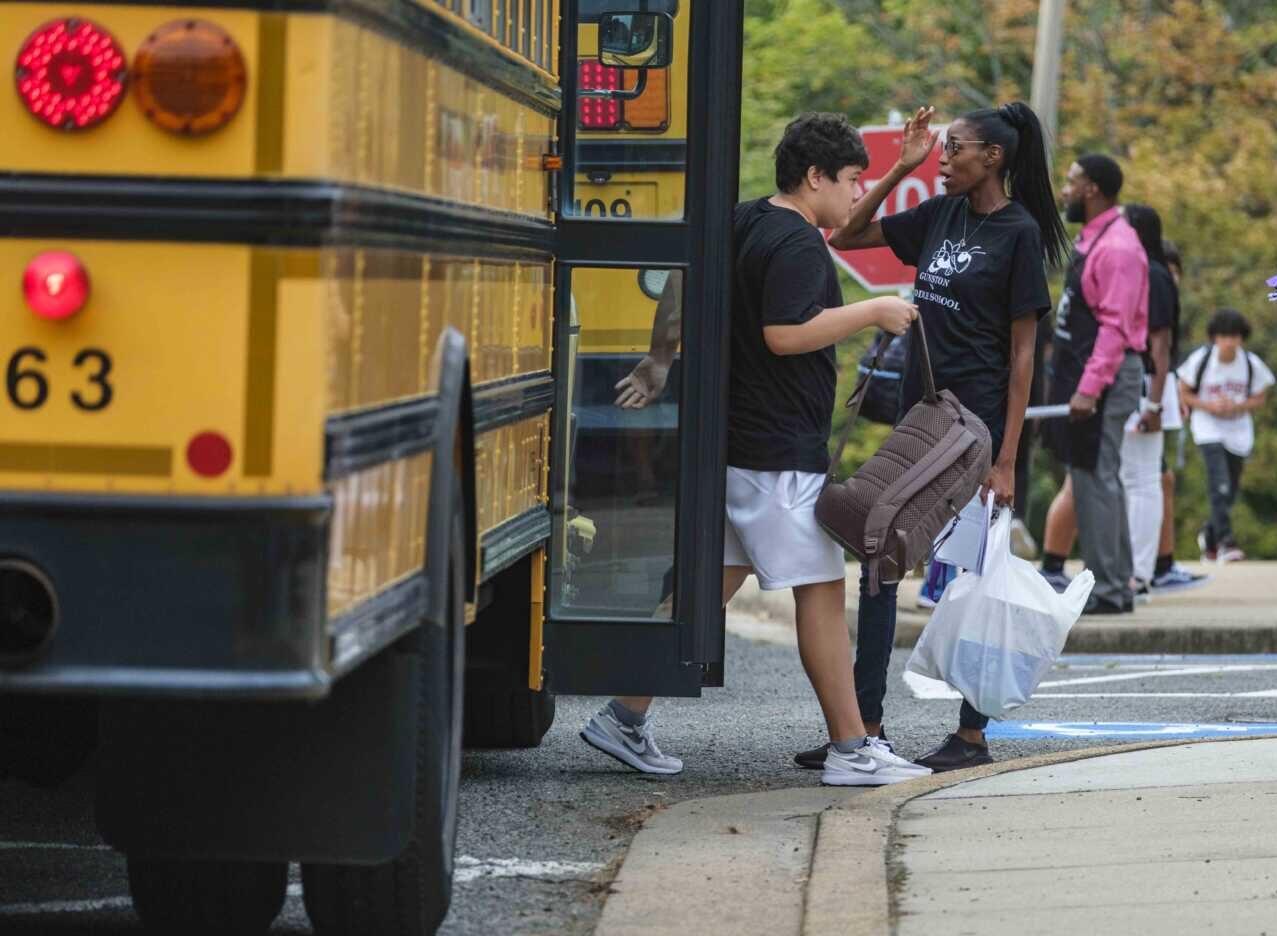
Arlington Public Schools is kicking off the new school year with a bit of good news related to academic performance.
Last school year, students as a whole made gains in math, social studies and science, and in almost all areas, generally exceeded statewide scores, per new testing data.
Between the 2022 and 2023 school years, the percentage of students passing state tests increased by 4 points for math, 7 points for social studies and 1 point for science, according to a presentation to the School Board on Thursday. Reading remained flat and writing dropped 2 percentage points.
Black and Hispanic students, students with disabilities and those learning English, in particular, demonstrated progress. APS highlighted math pass rates that increased by 8 and 11 percentage points for Hispanic and English-language learning students, respectively.
Administrators says the data demonstrates that students are gaining ground after pandemic-era learning loss. It may also indicate long standing achievement gaps based on race, English proficiency, ability and socioeconomic status are narrowing.
Crediting teachers and new academic tools for that progress, Chief Academic Officer Dr. Gerald Mann, Jr. told the School Board on Thursday APS has its work cut out for them.
“We are seeing the work that our team is doing starting to pay dividends and recover some of the loss from the pandemic,” he said. “We’ve come a long way but we’ve got more work to do.”
Future focus areas include reading — where pass rates remained flat over last year, at 80% — and writing, which fell 2 percentage points.
Facing what one committee described a “literacy crisis,” APS overhauled how it teaches reading to elementary school students. Like other schools nationwide, APS is working to reverse years of reading instruction that critics say glossed over the basics, such as phonics, and disadvantaged students for whom reading did not come naturally.
That effort is starting to bear fruit, according to Superintendent Francisco Durán, who noted that this fall, some 91% of kindergarteners could meet benchmarks such as recognizing rhymes, words and letter sounds, up from 81% last year.
“[That] is building them up for bigger success later,” Durán said.
But this leaves a group of students, fifth grade and up, who were taught to read before these changes were made, and might still be struggling today. This year, APS is turning its attention to them.
“Our hope is that the work that we’re doing for secondary literacy this year also pays dividends in the future,” Mann said.
When School Board members asked about falling writing scores, Durán emphasized that the state test measures one type of writing: responding to a social studies or science text.
“We want students to be writers across all different types, and genres and ways,” he said. “I just want to make sure we all are aware of that because, I think long term, it could be misunderstood if we’re just speaking about writing, generically.”
Writing, more broadly, may still be a concern.
A 2019 survey of APS graduates found many graduates wished they had been better prepared for collegiate writing. School Board watchdog group Arlington Parents for Education, which recapped last week’s meeting, previously highlighted the survey, saying students were “practically begging for more… ‘writing assignments.’”
Even as the number of assigned essays increased, Mann said teachers already feel they cannot give adequate feedback on assignments.
“The biggest barrier that I’ve also heard is that ‘I just don’t have the time. I will assign it, but then I can’t give [them] appropriate feedback,'” he said.


